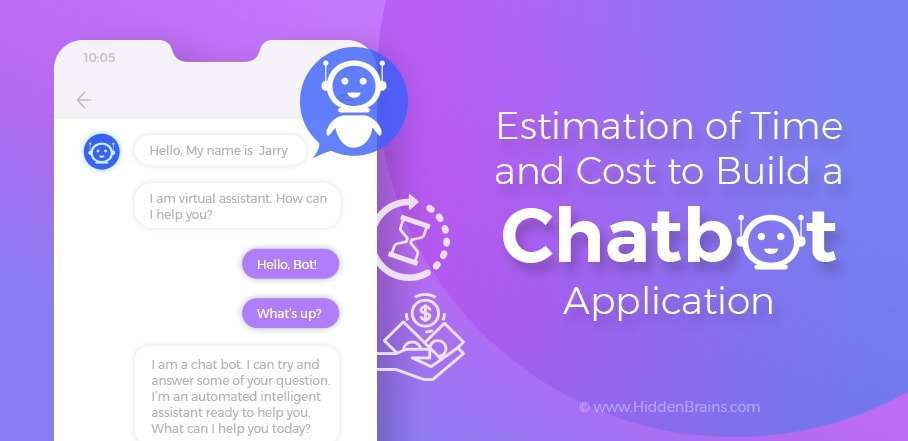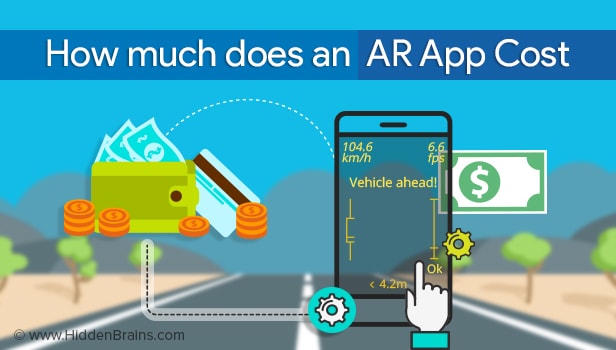In today’s rapidly evolving tech landscape, mobile app development has shifted towards more efficient and cost-effective solutions. Cross-platform development frameworks like Flutter, React Native, and Kotlin Multiplatform are gaining significant traction among developers and businesses alike. These frameworks allow developers to write code once and deploy it across multiple platforms, reducing both time and costs. In this ultimate guide, we will explore valuable resources, insights, and expert opinions to help you navigate the world of cross-platform mobile app development.
What is Cross-Platform Mobile App Development?
Cross-platform mobile app development refers to the practice of building apps that run on multiple platforms (iOS, Android, Windows, etc.) with a single codebase. Unlike traditional native development, where separate codebases are maintained for each platform, cross-platform development offers several advantages, including faster development cycles, reduced costs, and easier maintenance.
Top Cross-Platform Frameworks for Mobile App Development
Several frameworks dominate the cross-platform mobile app development space. Here's a brief overview of the top contenders:
Flutter
Flutter, developed by Google, has become a favorite for developers looking to build visually appealing and high-performance apps. Its hot reload feature allows for quick changes during the development process, and it provides a rich set of pre-built widgets to create stunning user interfaces. Flutter app development services have gained popularity due to its performance and flexibility, especially in building apps that need to run seamlessly across platforms.React Native
React Native, developed by Facebook, is a popular framework that allows developers to use JavaScript and React to build cross-platform apps. It provides native-like performance and access to device features, and it has a large community and vast library of plugins, making it easier for developers to integrate third-party tools. Companies looking to hire React Native developers often prefer this framework for its efficiency and large ecosystem.Kotlin Multiplatform
Kotlin Multiplatform is an emerging technology that allows developers to share code between platforms, including iOS and Android, while still maintaining platform-specific functionality. It is highly favored by Kotlin developers and integrates well with existing Android projects. As a Kotlin app development company, adopting Kotlin Multiplatform allows developers to streamline their workflows and create more efficient codebases for cross-platform development.
Essential Resources for Cross-Platform Development
Building a strong foundation for cross-platform mobile app development requires access to the right resources. Here are some of the best tools and guides available:
Clustering Articles & Tutorials
Clustering articles offer a wealth of knowledge about the latest trends in cross-platform app development. By reading through expert opinions and best practices, you can stay ahead of the curve. Some topics to explore include optimizing performance for multiple platforms, leveraging specific features of each framework, and tackling common development challenges.Infographics
Infographics are an excellent way to visualize complex information and compare different cross-platform frameworks. You can find infographics that compare performance, development time, and ease of use for Flutter, React Native, and Kotlin Multiplatform. These visual aids can help you make more informed decisions when choosing the best framework for your project.Guest Posts and Expert Opinions
Guest posts from industry experts are a valuable resource for gaining deeper insights into the nuances of cross-platform development. Many thought leaders in the mobile app development space share their experiences and challenges with different frameworks. By following their blogs and articles, you can learn from real-world case studies and apply best practices to your own projects.Online Communities and Forums
Joining online communities and forums dedicated to cross-platform development can be incredibly helpful. Platforms like Stack Overflow, Reddit, and GitHub are home to active discussions and resources shared by developers worldwide. Engaging in these communities allows you to solve problems quickly, ask questions, and share your knowledge.
Key Insights for Successful Cross-Platform App Development
Performance Matters
One of the biggest challenges in cross-platform development is ensuring that the app performs well on both Android and iOS. While frameworks like Flutter and React Native provide good performance, it’s important to optimize your app’s code and test it thoroughly across devices to ensure a smooth experience for end users.UI/UX Design
User interface and experience design play a crucial role in the success of mobile apps. Cross-platform frameworks provide several tools for creating responsive and adaptive designs, but it’s important to ensure that the app looks and feels native on each platform. Pay attention to platform-specific design guidelines and ensure your app offers a consistent and user-friendly experience across devices.Continuous Integration and Testing
With cross-platform development, it’s essential to implement continuous integration and testing to ensure that your app is bug-free and ready for deployment. Tools like Jenkins, CircleCI, and Travis CI are widely used to automate the testing process and streamline your development workflow.Community Support
Each framework has its own active community that provides resources, plugins, and solutions to common problems. Leveraging this community support can be invaluable in overcoming development challenges. Whether it’s through forums, blogs, or open-source libraries, the cross-platform development community is always there to help.
Conclusion
Cross-platform mobile app development is a powerful approach to building apps that work across multiple platforms with a single codebase. By leveraging frameworks like Flutter, React Native, and Kotlin Multiplatform, developers can save time, reduce costs, and streamline their workflows. Access to essential resources such as clustering articles, infographics, and expert opinions is key to staying informed and ahead of the competition. By following the insights and best practices shared in this guide, you can successfully navigate the world of cross-platform mobile app development and build high-quality apps that meet the needs of today’s tech-savvy users.
https://www.pearltrees.com/kathleenbrown4/item700249730
https://wakelet.com/wake/5OMzmAW-NySW_8c-rRBRW
https://www.flickr.com/photos/186580353@N06/54398607711/in/dateposted-public/
https://www.behance.net/gallery/221885099/Flutter-App-Development-Company-Hidden-Brains
https://thepoliticus.com/cross-platform-development/
https://www.linkedin.com/pulse/how-ai-chatbots-virtual-assistants-revolutionizing-apps-brown-hxkvf/
https://www.patreon.com/posts/125209972?pr=true
https://writeupcafe.com/the-future-of-react-native-with-typescript--trends-to-watch-in-2025
https://www.atoallinks.com/2025/flutter-vs-native-app-development/
https://community.wongcw.com/blogs/1025961/Top-Flutter-App-Development-Trends-to-Watch-in-2025
https://postr.yruz.one/Best-Practices-for-Scaling-Your-App-with-Flutter-App-Development
https://mobile-app-development-hb.blogspot.com/2025/04/why-businesses-choose-flutter-for-app.html
https://www.patreon.com/posts/126349601?pr=true
https://writeupcafe.com/flutter-vs-react-native-vs-kotlin--which-framework-is-best-in-2025
https://infogram.com/comparison-cross-platform-technologies-1h1749wdmvlzq2z
https://www.slideshare.net/slideshow/comparison-of-cross-platform-technologies-pdf/277774806
https://www.slideshare.net/slideshow/flutter-app-cross-platform-development-pdf/277775122
https://open.spotify.com/episode/3jK5m1u4NrgKavilZbSdUq?si=jFgTHosxQDyGkunuB5eS3Q
https://www.ganjingworld.com/news/1hjguqf83fr2IG74lbgXUXFER1jt1c





